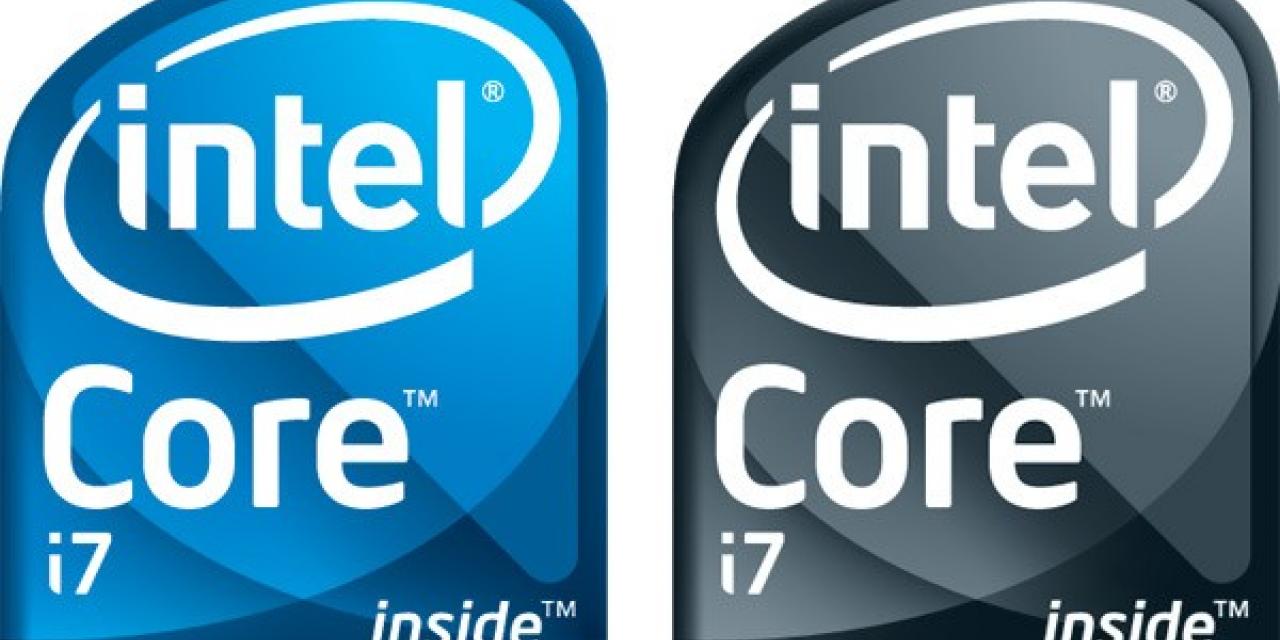
"Over the last year or so, Intel has been quietly working behind the scenes taking a hard look at our brand structure and exploring ways to make it more rational and easier to understand," Intel's corporate communications manager, Bill Calder, wrote on the company's official blog. "The fact of the matter is, we have a complex structure with too many platform brands, product names, and product brands, and we've made things confusing for consumers and IT buyers in the process."
Bill then explained that from now on, Intel will classify its Core processors into one of three main catagories: Intel Core i3, Intel Core i5 and Intel Core i7.
"It is important to note that these are not brands but modifiers to the Intel Core brand that signal different features and benefits. For example, upcoming processors such as Lynnfield (desktop) will carry the Intel Core brand, but will be available as either Intel Core i5 or Intel Core i7 depending upon the feature set and capability. Clarksfield (mobile) will have the Intel Core i7 name," he explained.
"So the key here is there will be a range of features and capabilities within the Intel Core family - our flagship brand representing the highest performance and the latest technology - but simplified into entry-level (Intel Core i3), mid-level (Intel Core i5), and high-level (Intel Core i7)."
"We [Intel] will still have Celeron for entry-level computing at affordable price points, Pentium for basic computing, and of course the Intel Atom processor for all these new devices ranging from netbooks to smartphones. For PC purchasing, think in terms of good-better-best with Celeron being good, Pentium better, and the Intel Core family representing the best we have to offer."








